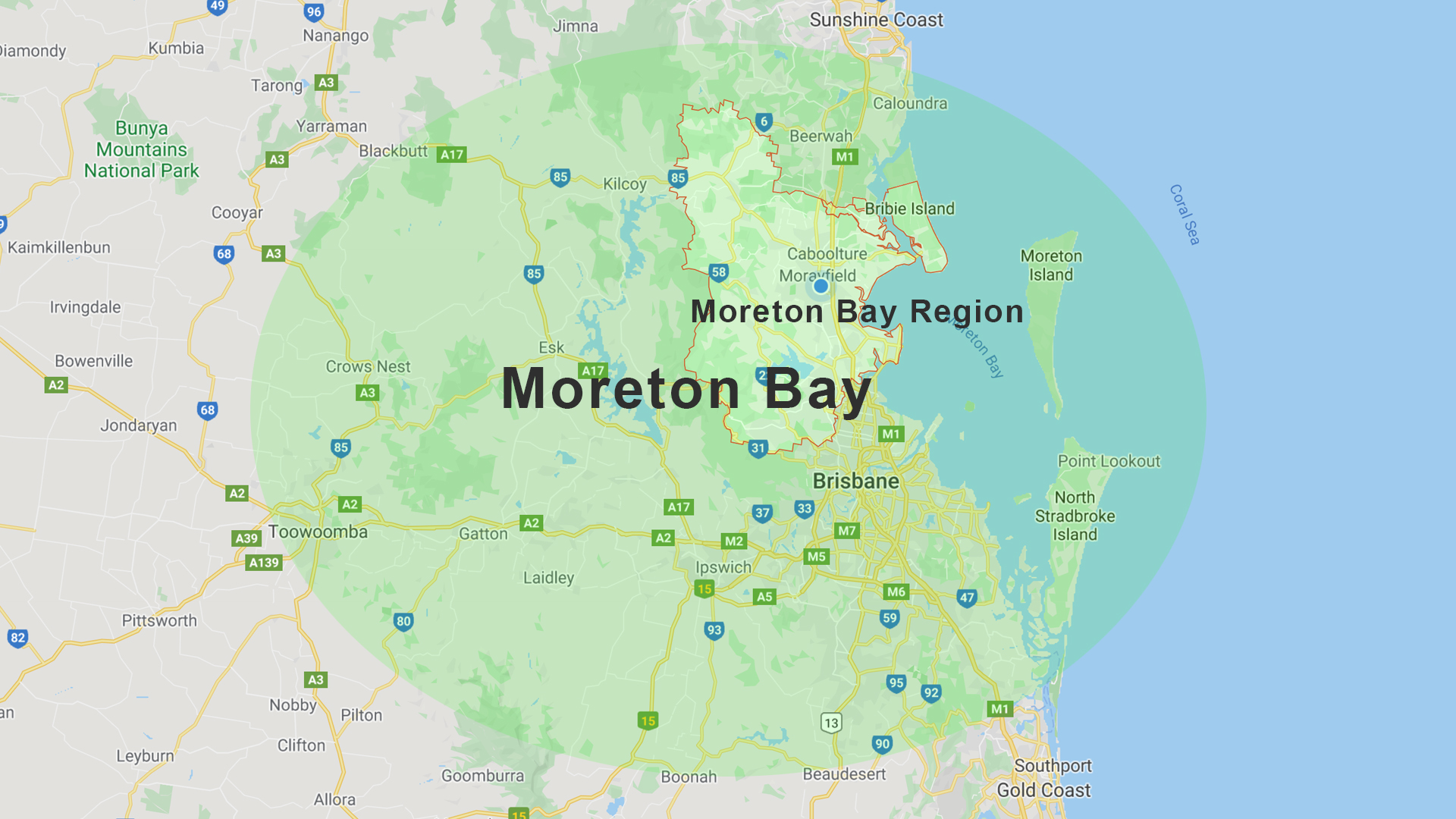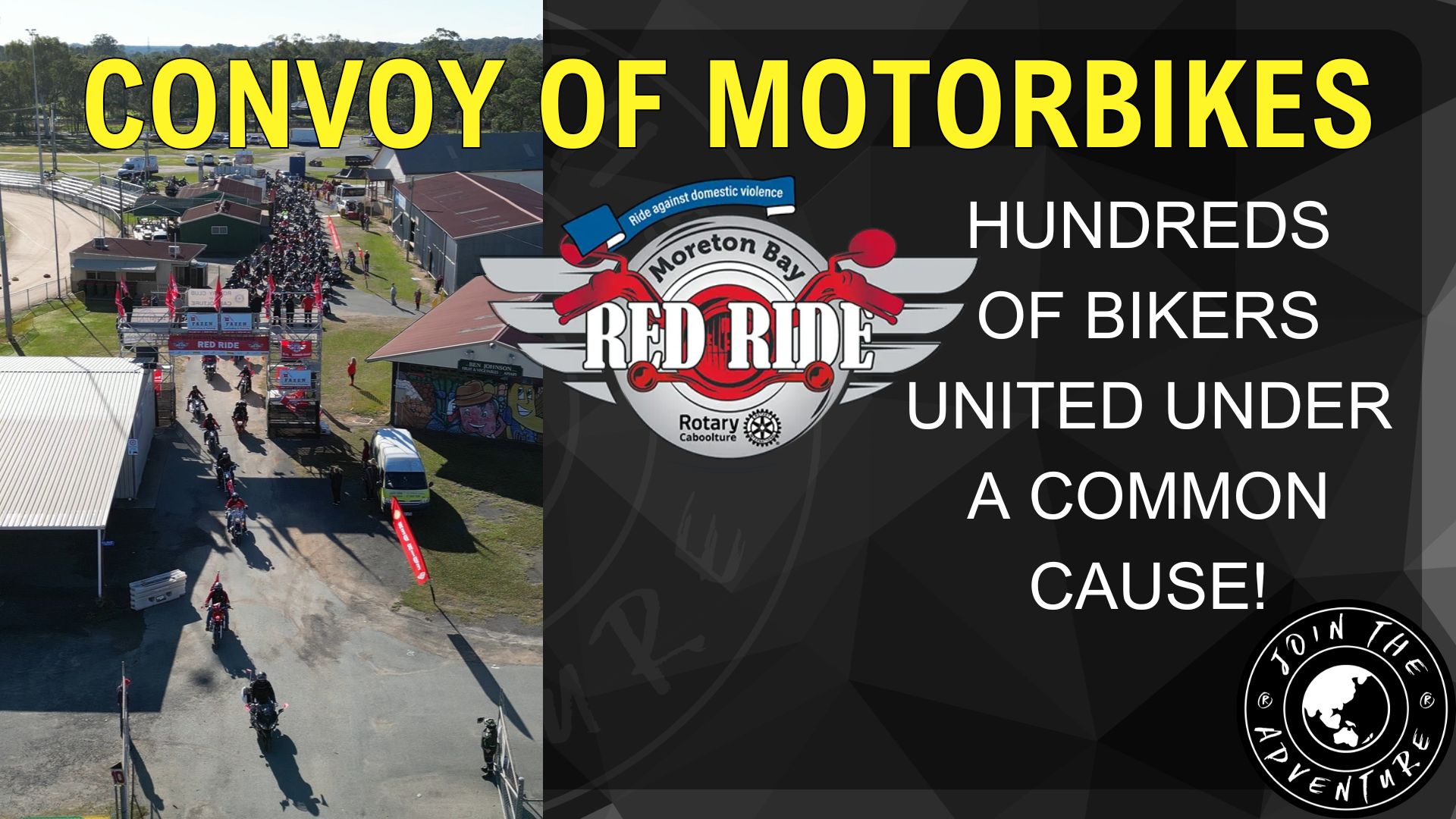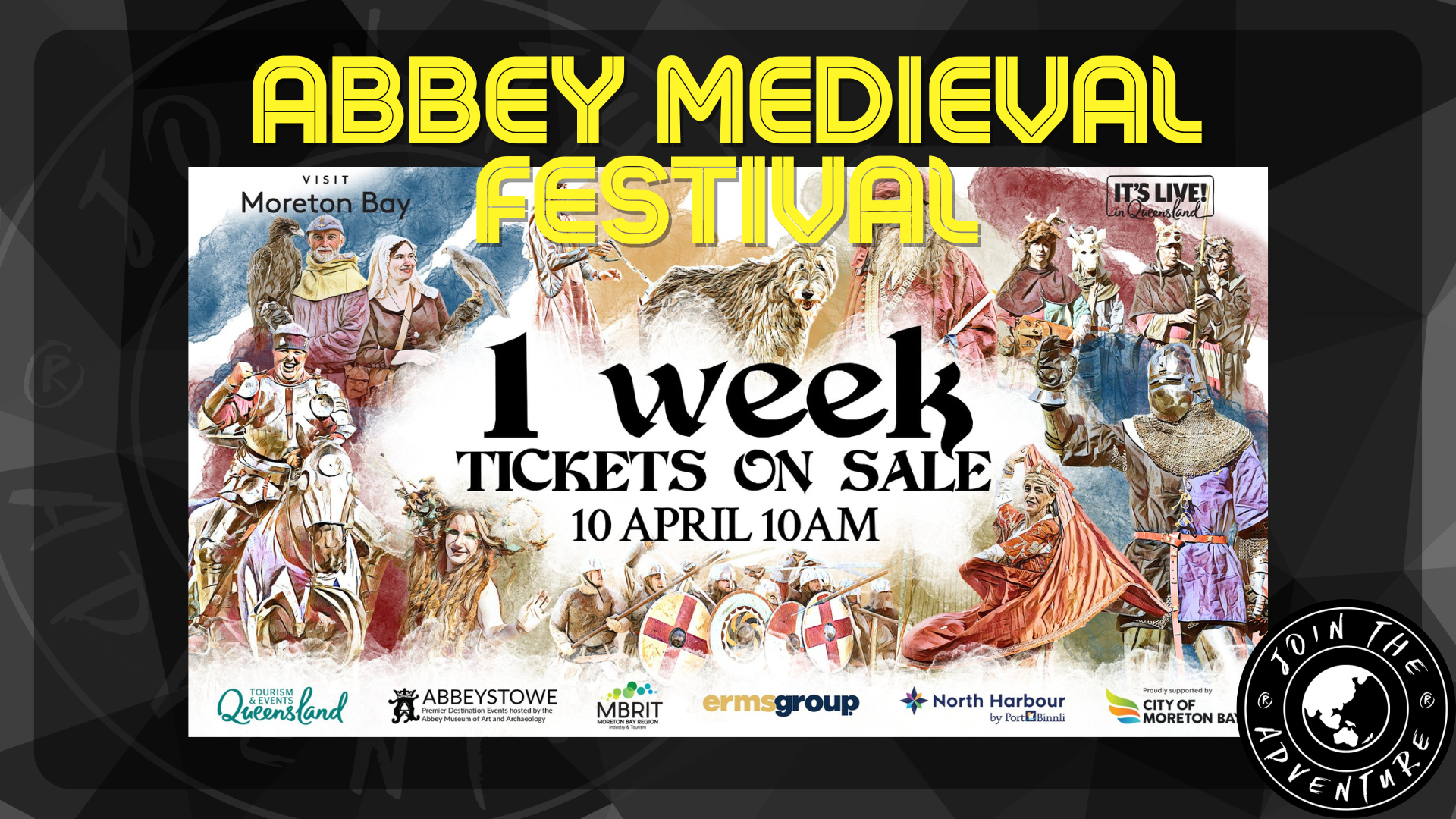
Moreton Bay extends 125 kilometres from Caloundra in the north, down to Surfers Paradise in the south, and west to the foot of the Toowoomba range. Moreton Bay’s southern navigation entrance is the Gold Coast Seaway. The bay is 35 kilometres across at its widest point.
It is separated from the Coral Sea by a chain of three sand islands: Moreton Island in the north, North Stradbroke Island, and South Stradbroke Island in the south. Tipplers Passage is the main channel on the western coast of South Stradbroke Island. The Gold Coast Seaway is at the southern extent of Moreton Bay, before the Gold Coast Broadwater.
The bay itself contains about 360 islands in total. This includes the populated Russell, Macleay, Lamb and Karragarra Islands collectively known as the Southern Moreton Bay Islands. Residential development has also occurred on Coochiemudlo Island and Bribie Island. In the past Peel Island has been used as a sisal plantation, quarantine station, asylum and a leper colony.
Moreton Bay is generally shallow and sandy, though a substantive channel is maintained to allow access to the Port of Brisbane at Fisherman Islands at the mouth of the Brisbane River, for international shipping. As well as the Brisbane River, the Pimpama River, Logan River, Albert River, Pine River, Tingalpa Creek, and the Schulz Canal all empty into Moreton Bay. Within Moreton Bay are the smaller bays of Waterloo Bay, Redland Bay, Raby Bay, Deception Bay, and Bramble Bay.
The bay contains island villages such as the settlement on the bayside of Moreton Island, Tangalooma and on North Stradbroke, Dunwich, and Amity Point. Prominent coastal communities and mainland suburbs situated on the bay include Deception Bay, Scarborough, Redcliffe, Margate, Woody Point, Brighton, Sandgate, Cleveland, Victoria Point and Redland Bay. Other attractions in the bay include Pumicestone Passage and numerous boat ramps, marinas and jetties, including the Shorncliffe pier.
Latest Moreton Bay News
West Moreton
West Moreton is a region in Queensland, Australia, consisting of the entire rural western portion of Southeast Queensland.
This region sits inland from both Brisbane and the Gold Coast, and to the east of the Darling Downs. Much of the region lies in the Great Dividing Range. The name appears in the names of many community organisations, and is used by the Australian Bureau of Statistics.
Moreton or Morton
Moreton Bay was once destined to be known as Morton’s Bay.
The name Morton’s Bay was given by Captain Cook when he passed the area on 15 May 1770, honouring Lord Morton, president of the Royal Society.
The spelling Moreton was an error in the first published account of Cook’s voyage (Hawkesworth’s Voyages).
Moreton Bay City
The Moreton Bay City takes in three key areas – Caboolture, Redcliffe, and Pine Rivers. These areas came together after being amalgamated into the Moreton Bay City Council, which was formed in 2008, making it the third largest local government area in Australia behind Brisbane (the capital of Queensland) and the Gold Coast.
Three other local government areas neighbour Moreton Bay City including Brisbane (southern boundary), the Sunshine Coast (northern boundary) and Somerset Region (western boundary). However, the eastern boundary is met by the Coral Sea.
And this is part of what makes the Moreton Bay City one of South-East Queensland’s most diverse areas, spanning more than 2037 square kilometres from Samford and Arana Hills to Redcliffe, Bribie Island, Caboolture, Dayboro, Woodford, and Mt Mee. The coast to the hinterland.
With this diversity, comes a plethora of employment opportunities from small businesses in a range of industries, to large employers such as the Moreton Bay City Council.
Along with employment opportunities, Moreton Bay City has sustained continued growth since 1933 with a population of about 11,900, increasing to a population of about 389,600 as of the last census taken in 2011.
Invest in Moreton Bay City
Moreton Bay City is perfect for both business and lifestyle. Well placed to the north of the Brisbane central business district, the region provides direct access to the Brisbane International and Domestic Airports, the Port of Brisbane and to the Australian Trade Coast giving businesses easy and competitive access to both domestic and international markets.
Both the Moreton Bay City Council and Regional Development Australia Moreton Bay have joined forces to nurture business investment into the Moreton Bay City in a seamless and straightforward way with a view to maximise returns.
Moreton Bay Fig Tree

Ficus macrophylla, commonly known as the Moreton Bay fig or Australian banyan, is a large evergreen banyan tree of the family Moraceae native to eastern Australia, from the Wide Bay–Burnett region in the north to the Illawarra in New South Wales, as well as Lord Howe Island. Its common name is derived from Moreton Bay in Queensland, Australia. It is best known for its imposing buttress roots. As Ficus macrophylla is a strangler fig, seed germination usually takes place in the canopy of a host tree and the seedling lives as an epiphyte until its roots establish contact with the ground. It then enlarges and strangles its host, eventually becoming a freestanding tree by itself. Individuals may reach 60 m (200 ft) in height. The large leathery, dark green leaves are 15–30 cm (6–12 in) long.
The fruit is small, round, and greenish, ripening and turning purple at any time of year; it is known as a syconium, an inverted inflorescence with the flowers lining an internal cavity. Like all figs, it has an obligate mutualism with fig wasps; figs are pollinated only by fig wasps, and fig wasps can reproduce only in fig flowers. Many species of bird, including pigeons, parrots, and various passerines, eat the fruit. Ficus macrophylla is widely used as a feature tree in public parks and gardens in warmer climates such as California, Portugal, Italy, Spain, northern New Zealand (Auckland), and Australia. Old specimens can reach tremendous size. Its aggressive root system renders it unsuitable for all but the largest private gardens.






